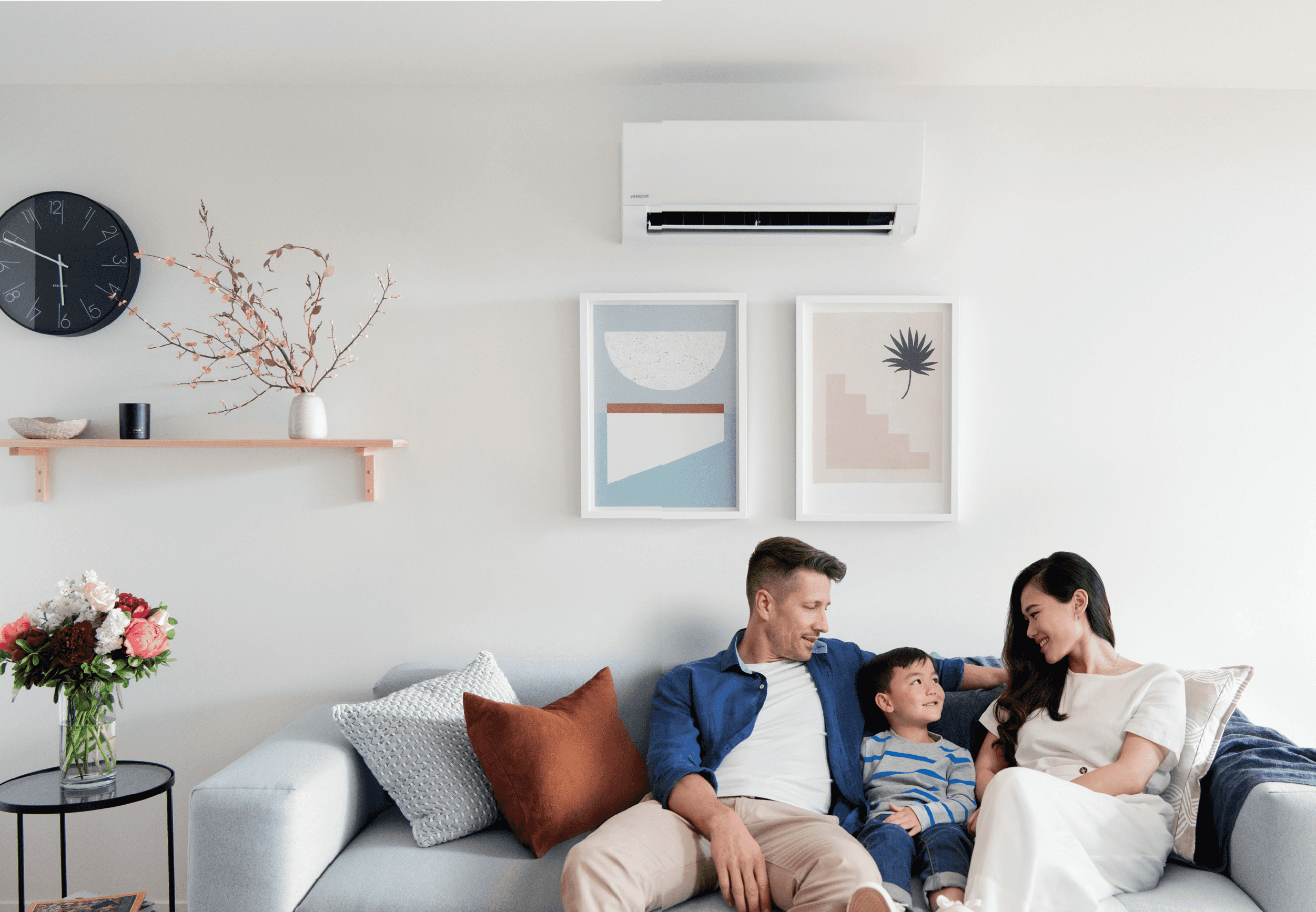
Turn Up The Heat
With Healthy Homes deadlines approaching Joanna Mathers digs deeper into heating devices and their pros and cons.
1 June 2021
Time is ticking on the last of the Healthy Homes deadlines. From July 1, private rental properties must adhere to all Healthy Homes standards, which includes heating and ventilation.
It’s been a bit of a scramble for many landlords trying to get their homes up to standard. According to Jeremy Gray from website Builderscrack searches for jobs with “Healthy Homes” mentioned in the description almost tripled in the past three years.
“Spikes correlated with key Healthy Homes announcements, and we have seen a 27% increase in heat pump installations for January to March this year as opposed to January to March 2020 (excluding lockdown periods).”
The new heating standard is based on the World Health Organization (WHO) recommendations that the indoor temperature within homes needs to be 18°C throughout the year. Many heating options won’t achieve this, therefore there are specific requirements for heating that must be adhered to.


The heating devices in rental properties
• must be fixed
• must directly heat the main living room of the house
• must have a heating capacity of at least 1.5kW
• must not be an open fire or unflued combustion heater.
Suitable heating devices include heat pumps, fixed electric heaters with a thermostat, wood burners or flued gas heaters.
Heat pumps have been the go-to for many investors looking to get their investment properties up to standard. They are more expensive initially to purchase and install than other fixed heaters but will save the user up to 80% a year in power bills.
Justin Blackburn from JWB Electrical and Heatpumps says that heat pumps are the logical choice for investors.
“It’s been calculated that they are even cheaper than a log fire, if the user is paying for the wood.”
The heat pump’s size will be dependent on the size of the room that it will be heating. Blackburn explains that part of their process includes making recommendations around the type of heat pump that is best for your requirements. There are also installer calculators available online that will help you make the best decision around this.
Heat pumps are complicated beasts, and the installation process reflects this. Blackburn explains that even a simple installation of a heat pump from an exterior to interior wall is likely to take up to one day of work.
“A typical, simple heat pump installation is likely to cost in the region of $700-$900,” he says. “People sometimes question the cost, but most people don’t realise that the installer has to provide heaps of the parts themselves, which is factored into the costs.”

Heat pumps large enough to meet the standards can cost anything from $2,000 to $4,500.
Wood burners are another energy efficient option for investors. They are cost-efficient and attractive, but if they are not already installed, they will require a building consent and to adhere to any national environmental standards for air quality.
Consumer New Zealand has a handy guide for those interested in installing a wood burner. The guide indicates that free-standing models are generally the most efficient and the cheapest to install.
An insert model can be used in an existing fireplace. Although insert models are not as efficient as free-standers, they are significantly more environmentally friendly than an open fire.
If a home already has piped natural gas, a flued gas heater is a good option. Flued gas heaters vent pollutants and water vapour produced by combusting gas fuel outside the home via a chimney or flue.
Heat Pumps - The Low Down
Jamie Nankivell is the marketing manager for Hitachi. He explains how heat pumps work.
“Unlike electric convection heaters, heat pumps don’t create heat directly. Heat pumps use a refrigeration cycle to transfer heat energy from one location to another. A heat pump will take heat energy from the outside air and transfer it to the inside of the home.
“An electric convection heater requires one unit of input energy to output one unit of heat, for example an electric heater requires 3kW of power input in order to output 3kW of heat energy.
“A heat pump on the other hand, under typical conditions, will output around three times the amount of heat energy compared to the input power, so for example a heat pump might require only 1kW to output 3kW of heat energy. This is because it takes less energy to transfer the heat from outside air to inside the home using a refrigeration cycle than to create that heat directly.”



